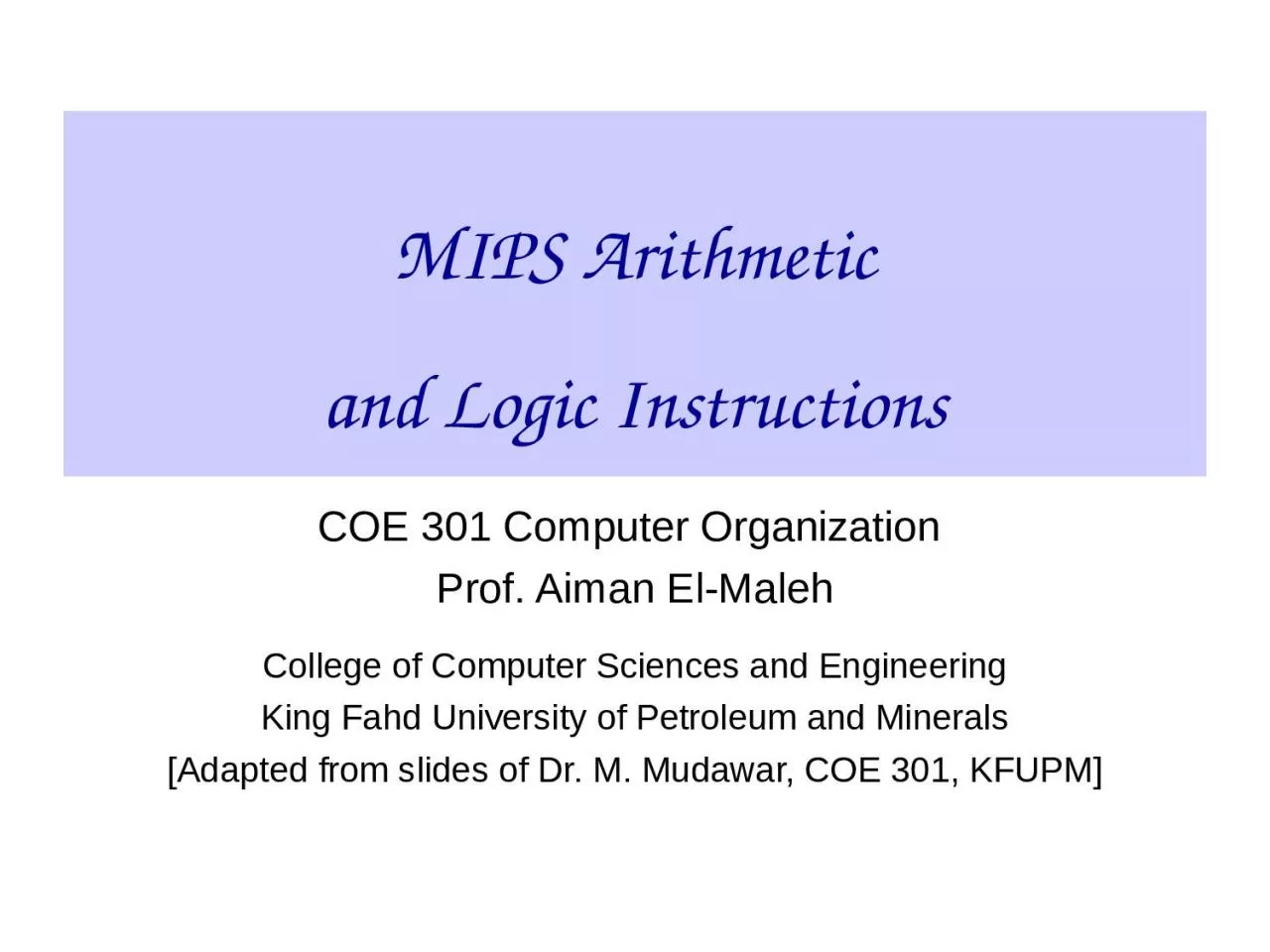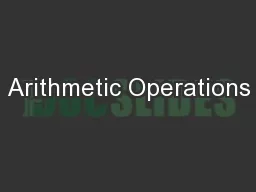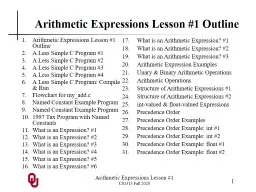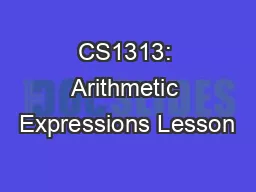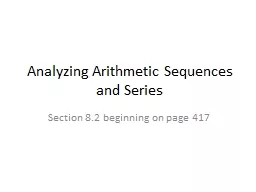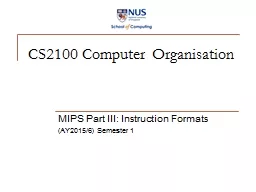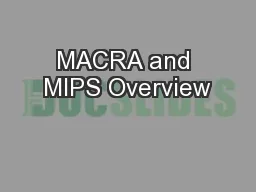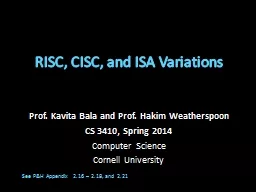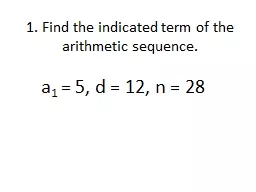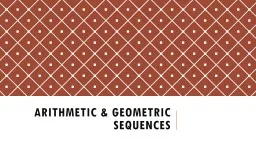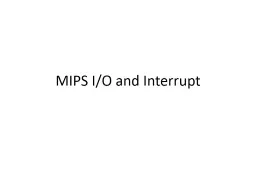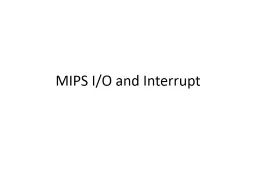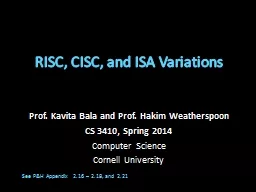PPT-MIPS Arithmetic and Logic Instructions
Author : blondield | Published Date : 2020-08-28
COE 301 Computer Organization Prof Aiman ElMaleh College of Computer Sciences and Engineering King Fahd University of Petroleum and Minerals Adapted from slides
Presentation Embed Code
Download Presentation
Download Presentation The PPT/PDF document "MIPS Arithmetic and Logic Instructions" is the property of its rightful owner. Permission is granted to download and print the materials on this website for personal, non-commercial use only, and to display it on your personal computer provided you do not modify the materials and that you retain all copyright notices contained in the materials. By downloading content from our website, you accept the terms of this agreement.
MIPS Arithmetic and Logic Instructions: Transcript
Download Rules Of Document
"MIPS Arithmetic and Logic Instructions"The content belongs to its owner. You may download and print it for personal use, without modification, and keep all copyright notices. By downloading, you agree to these terms.
Related Documents

